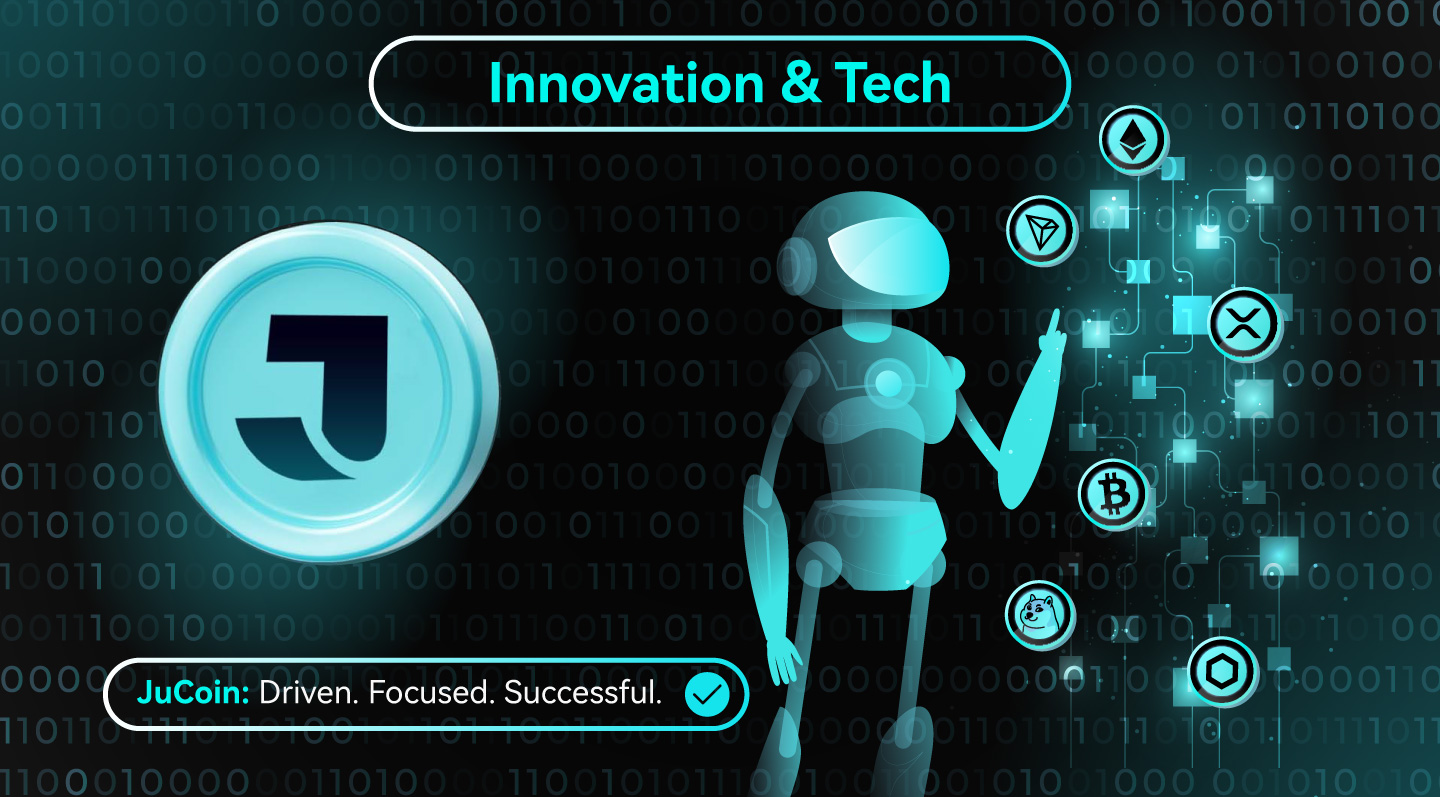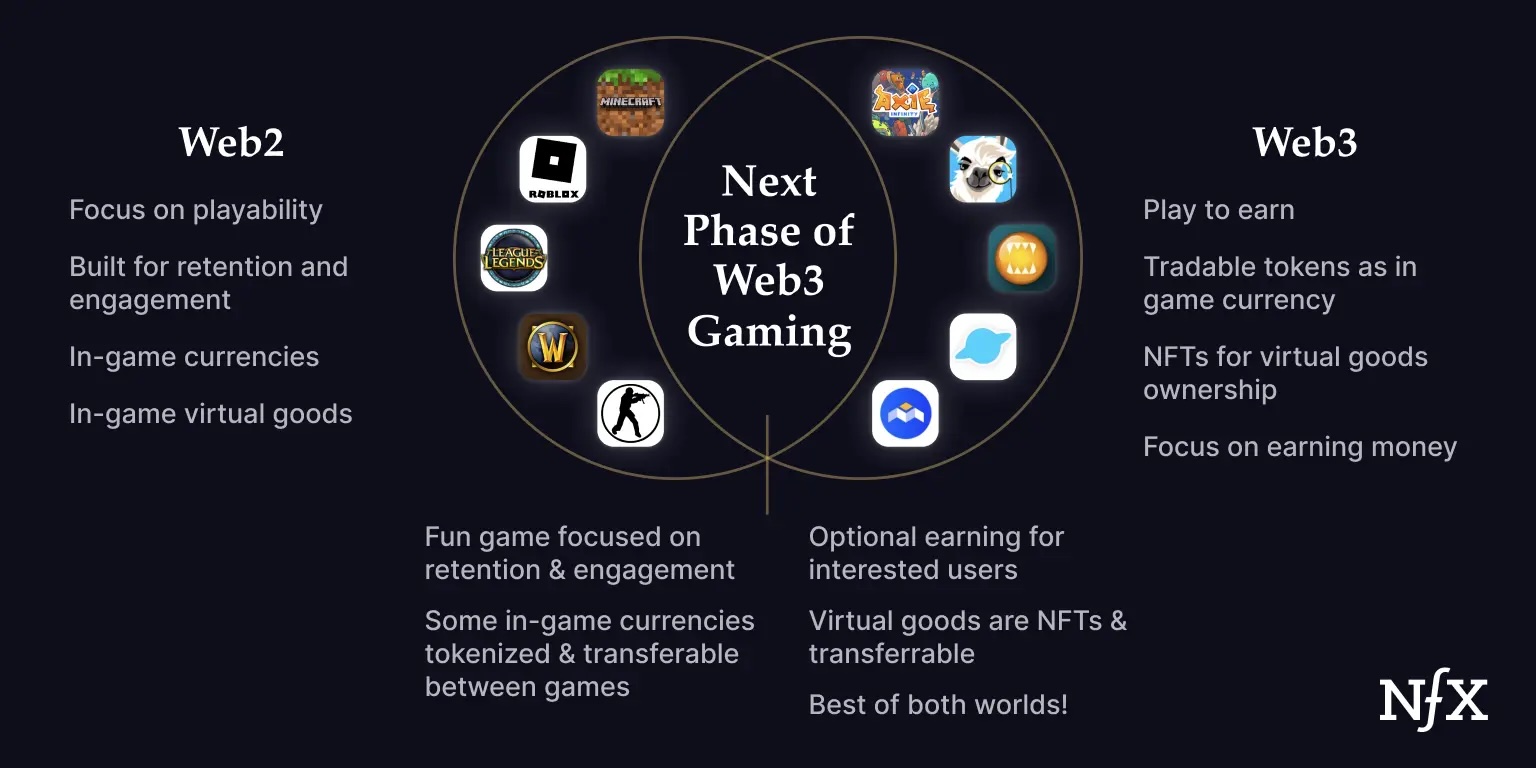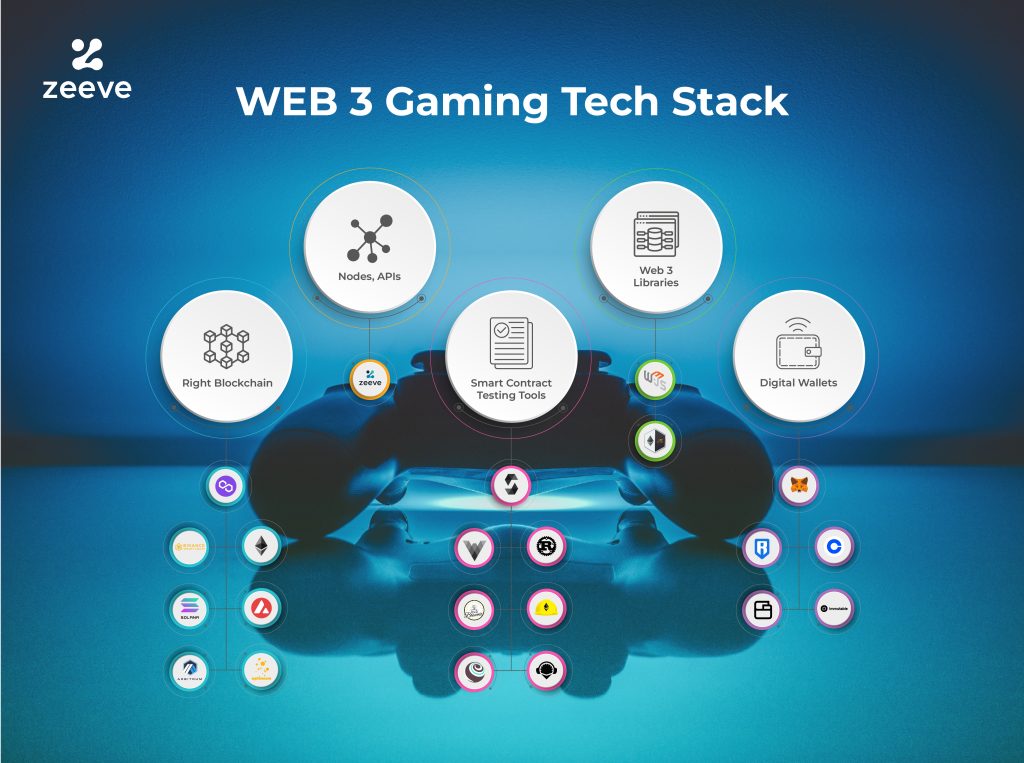
Key Takeaways
- Web3 Gaming Redefines Ownership: By introducing NFTs and on-chain assets, Web3 games empower players to truly own, trade, and earn from in-game items.
- Diverse Ecosystem Backed by Infrastructure: From rollups to GameFi DAOs, the sector now includes robust tooling, developer platforms, and multi-chain support.
- GameFi Models Continue to Evolve: After the early hype of Play-to-Earn, new models like Play-and-Own and skill-based rewards are creating more sustainable economies.
- Real Gameplay Meets On-Chain Logic: Autonomous, always-on games are unlocking new possibilities in composable storytelling, dynamic agents, and community expansions.
- A Major Driver of Web3 Adoption: With easier onboarding, improved UX, and engaging content, Web3 gaming is expected to become a leading catalyst for crypto adoption among mainstream users.
Gaming has always pushed the boundaries of digital innovation, from the rise of mobile games to the global growth of esports. However, a new frontier is emerging at the intersection of gaming and blockchain: Web3 gaming. Often described under the umbrella of “GameFi” (Game Finance), this new era is shifting how players interact with digital worlds by introducing true asset ownership, decentralized economies, and permissionless game development.
At its heart, Web3 gaming reimagines the player’s role. Instead of existing as consumers within closed ecosystems, players become asset holders, contributors, and economic participants. Whether it’s owning land in a virtual world, earning tradable currency for in-game achievements, or helping govern the game’s evolution, Web3 games are redefining the relationship between developers and users, and turning gameplay into a more participatory, value-sharing experience.

This Innovation and Tech article dives deep into the world of Web3 gaming.
What Is Web3 Gaming & Defining GameFi
Web3 gaming is a category of games that utilize blockchain technology to enable decentralized ownership of in-game assets, native token economies, and player-driven governance. These games often incorporate non-fungible tokens (NFTs) to represent characters, items, or land, and fungible tokens as in-game currencies or governance tools. GameFi is a broader term that encompasses the financialization of gameplay, where players can earn real economic value through participation.
At its core, Web3 gaming shifts power from centralized studios to the community. Through smart contracts and on-chain systems, players can buy, sell, or stake in-game items, earn gameplay rewards, and even shape the game’s evolution. This model aligns incentives between developers and players, creating a more participatory and open-ended ecosystem.
From Closed Worlds To Open Economies: The Evolution of Web3 Gaming
In traditional games, players invest time and money into assets that are confined to a publisher’s servers. Skins, weapons, characters, and currencies can’t be transferred or sold outside that game. But blockchain introduces a breakthrough idea: interoperability. With blockchain-based games, digital items become portable and ownable, represented as NFTs in the player’s wallet and usable across ecosystems.
This new paradigm first gained mainstream traction with the rise of play-to-earn (P2E) games like Axie Infinity in 2021. These early models allowed users to earn real-world income through gameplay, especially in emerging markets. However, P2E alone proved unsustainable due to inflationary token models and a lack of compelling gameplay. Since then, the space has matured. GameFi is now broader, encompassing play-and-own mechanics, skill-based earnings, creator economies, and NFT composability, all embedded within engaging game design.
Today, the focus is shifting toward player ownership, economic sovereignty, and decentralized development. This transition, from extractive monetization to community-aligned value creation, is what makes Web3 gaming fundamentally different from Web2 gaming.
The Web3 Gaming Tech Stack: Infrastructure Behind Decentralized Games
The technical architecture behind decentralized games consists of multiple blockchain layers and supporting middleware:
- Layer 1 and Layer 2 Blockchains: Ethereum, Solana, and Avalanche are popular Layer 1s used for gaming, while Layer 2s like Arbitrum Nova and Immutable X offer scalability for lower gas fees and faster gameplay.
- Smart Contracts and Asset Standards: ERC-721 and ERC-1155 standards power NFTs and multi-token functionality. Smart contracts define game rules, ownership rights, and in-game logic.
- Game Engines with Web3 Plugins: Unity and Unreal Engine now support SDKs and APIs for integrating wallets, NFTs, and token logic into 3D environments.
- Wallets and Identity Systems: Players authenticate using wallets like MetaMask or WalletConnect, and emerging decentralized identity (DID) systems enable cross-game reputation and login.
- Oracles and Data Layers: Protocols like Chainlink and The Graph provide external data feeds and indexing, essential for real-time actions and economy tracking.
- Interoperability Protocols: Projects like LayerZero and IBC support cross-chain gaming economies and shared assets across multiple games.
Powering Web3 gaming is a complex, multi-layered technology stack designed for security, scalability, and composability. At the base are the blockchains themselves. Ethereum remains the most popular network for Web3 games due to its mature ecosystem and developer tools. Still, it’s not ideal for high-throughput gaming environments due to congestion and gas costs. This has led to the rise of gaming-friendly Layer 2 solutions like Immutable, Arbitrum Nova, Ronin, and ZKsync Era, which offer faster transaction speeds, lower fees, and seamless NFT transfers.
Beyond the chain layer, smart contracts define game logic, enforce asset scarcity, and automate reward mechanisms. Interacting with these contracts are wallets like MetaMask or Web3-native interfaces like Sequence and Fractal, which double as identity systems and inventory holders for players. Crucially, many games now incorporate social login, fiat onboarding, and gas abstraction to remove blockchain’s technical friction from the user experience.
Meanwhile, off-chain infrastructure supports gameplay and performance. Protocols like The Graph index game data for fast querying. IPFS and Arweave store NFT metadata, preserving game lore and art. Video and streaming layers like Livepeer and Theta facilitate in-game video rendering and live esports broadcasting. This full-stack approach ensures that blockchain games can perform like their centralized counterparts while remaining decentralized and composable at the protocol level.

Rethinking In-Game Economies: Assets, Tokens, & Design
The economic foundation of Web3 gaming is built on two core primitives: tokens and NFTs. Tokens are often used for governance, transactions, or player rewards. They can be fungible (e.g., a game’s currency) or staked to unlock in-game benefits, shape development decisions, or provide liquidity. NFTs, by contrast, represent unique, ownable items such as avatars, weapons, land, or cosmetic skins. These are not just cosmetic, they can confer utility, status, or access.
Crucially, tokenomics in Web3 games must be designed with care. Earlier models relied on emission-based token rewards, attracting speculative users rather than committed players. Newer systems take a more nuanced approach: rewarding skill, engagement, and community contributions. For instance, “play-and-own” models let users earn NFTs through gameplay, while games like Parallel and Illuvium use NFT trading cards or land plots with defined in-game advantages and scarcity limits.
Economic sinks are also essential. Games now incorporate crafting, breeding, burning, or upgrading mechanics that require players to use or destroy assets, preventing runaway inflation. Meanwhile, staking and DAO governance mechanisms incentivize long-term alignment by letting players vote on feature updates, treasury spending, or balance changes. These game economies aren’t just closed loops, they’re programmable, evolving marketplaces with real-world implications.

Web3 Gaming: Real Use Cases & Game Types
Web3 gaming encompasses various game types and economic models, ranging from casual mobile games to AAA-level immersive experiences.
- Asset Ownership and Marketplace Economies: The most foundational use case is giving players verifiable ownership of in-game assets. NFTs represent skins, characters, weapons, or plots of land that can be traded in decentralized marketplaces like OpenSea, Magic Eden, or game-native marketplaces. Unlike traditional games, these assets can retain value and utility across different platforms or sequels.
- Play-to-Earn (P2E) and Beyond: P2E games popularized by Axie Infinity offered token incentives for gameplay. While this model faced sustainability issues during its initial hype cycle, new models such as Play-and-Earn (P&E), Play-to-Own, and progression-based rewards have emerged. These focus on user retention, game quality, and long-term economic loops.
- On-chain Game Logic and Autonomous Worlds: Games like Dark Forest and Conquest implement core gameplay logic directly on-chain. These “autonomous worlds” are always live and verifiable, with every move recorded transparently on a blockchain. This opens up possibilities for permissionless game extensions and community-developed content.
- Interoperable Metaverse Gaming: Projects like Otherside (by Yuga Labs), Sandbox, and Decentraland aim to build open metaverse environments where avatars and items move across games and virtual spaces. These platforms act as decentralized social hubs, integrating gaming, NFTs, and virtual events.
- Decentralized Esports and Streaming: Some platforms focus on competitive and social layers of Web3 gaming. ArenaX and Community Gaming run decentralized tournaments with automated prize payouts, while Livepeer and Theta enable decentralized game streaming and monetization.
- AI-Enhanced and Agent-Based Gameplay: AI agents are also entering gaming, where autonomous characters, NPCs, or even opponents can be controlled via AI models and logic. This is further enhanced by blockchain-backed coordination, enabling real-time economy simulation or dynamic storytelling.
The Web3 Gaming Ecosystem: Studios, Platforms, & Protocols
The Web3 gaming landscape is no longer defined by a handful of high-profile titles. It has grown into a multi-chain, cross-sector ecosystem of studios, guilds, protocols, game publishers, and infrastructure providers, each contributing to the future of decentralized play.
- Game Studios: Gala Games, Animoca Brands, and Pixelmon are producing flagship Web3 titles with strong community backing and tokenized ecosystems.
- Launchpads and Platforms: Immutable, Ultra, and Beam (by Merit Circle) offer game-specific chains and distribution infrastructure.
- Game Engines and Dev Tools: Thirdweb, Sequence, and Crossmint provide SDKs for building and integrating Web3 features into games.
- Guilds and DAOs: Yield Guild Games (YGG), Avocado DAO, and Loot DAO support players, lend NFTs, and coordinate community investments in games.
- Gaming Rollups and App Chains: Projects like Arbitrum Nova and Dymension offer rollup-as-a-service solutions for high-performance gaming environments.
- Wallets and Onboarding: Web3-native wallets like Fractal and Game7-integrated platforms enable smoother onboarding with fiat payments, social login, and gasless transactions.
On the studio side, builders like Parallel Studios, Sky Mavis (Axie Infinity), and Big Time Studios are leading the charge with AAA-quality experiences that integrate blockchain without compromising on fun. Games like Shrapnel, MetalCore, and Illuvium are combining Unreal Engine visuals with NFT ownership and decentralized governance, bridging the gap between Web2 production and Web3 economics.
Protocols like Immutable have established themselves as go-to Layer 2s for NFT-based games, providing rollup infrastructure and developer tooling optimized for asset liquidity and player volume. Meanwhile, TreasureDAO is pioneering a model of interconnected games and economies all powered by a single ecosystem token (MAGIC), creating a kind of metagame across titles. On Avalanche and Cosmos, app-specific chains are emerging for bespoke games with tight control over logic and performance.
Guilds like Yield Guild Games (YGG), Merit Circle (Beam), and Ready Player DAO serve as community investment arms, distributing NFTs to players, participating in governance, and educating new users about earning and contributing in Web3 games. These groups often function as layer-zero social infrastructure, bringing economic opportunity and coordination into decentralized gaming ecosystems.
This ecosystem is being supported by a growing wave of VC funding, grants, and accelerators focused on gaming as one of the highest-potential application layers in crypto.
Real-World Games & Applications In Action
Web3 games are no longer prototypes, they are live, evolving, and attracting millions of users worldwide. Consider Parallel, a sci-fi trading card game with a robust ecosystem of NFT assets, lore, and token governance. Players compete using decks of verifiable, ownable cards, and can participate in seasonal tournaments backed by prize pools and staking rewards.
Another standout is The Beacon, a roguelite dungeon crawler that leverages play-to-own mechanics. Players earn NFT cosmetics by completing levels and participating in social events, with future gameplay tied to community voting and DAO-funded content expansions.
On the metaverse side, Otherside, developed by Yuga Labs, is combining immersive worldbuilding with interoperable avatars, dynamic land mechanics, and token-governed narratives. Unlike traditional metaverses, it allows players to truly co-create storylines, host events, and define the use of their land through smart contracts.
Even casual games are adopting Web3 mechanics. Mobile-compatible games like Stepn and Pirate Nation use crypto incentives to reward physical activity or casual play. These examples show how Web3 gaming spans genres, devices, and user motivations.
Governance, Identity, & The Future of Player Ownership
One of the most exciting dimensions of Web3 gaming is its emphasis on player empowerment. Governance tokens let players decide how games evolve, voting on new maps, character balance, or treasury allocation. In some games, players become de facto co-owners, with a say in the economic and narrative direction of the world.
Identity systems are also being reimagined. Wallet-based logins are evolving into cross-game identity layers, where achievements, collectibles, and social behavior become portable. Some projects are experimenting with soulbound tokens, which record in-game reputations or tournament wins that can’t be sold or traded, helping shape trust and matchmaking systems in decentralized environments.
Looking forward, Web3 games could become platforms themselves. Players may not only participate but launch their own game modes, mint new assets, or write code that extends core gameplay, all governed by open-source logic and incentivized through native tokens or royalties.
Web3 Gaming: The Next Generation of Digital Play
Web3 gaming represents more than a technological shift. It introduces a new economic and cultural model for gaming, one where players are investors, creators, and co-governors. The combination of open infrastructure, programmable economies, and user-owned assets is reshaping what it means to play, build, and belong in a digital world.
As more studios embrace blockchain tools and as onboarding improves, Web3 gaming is poised to bring millions of players into the decentralized internet, not just as users, but as stakeholders in its growth.







